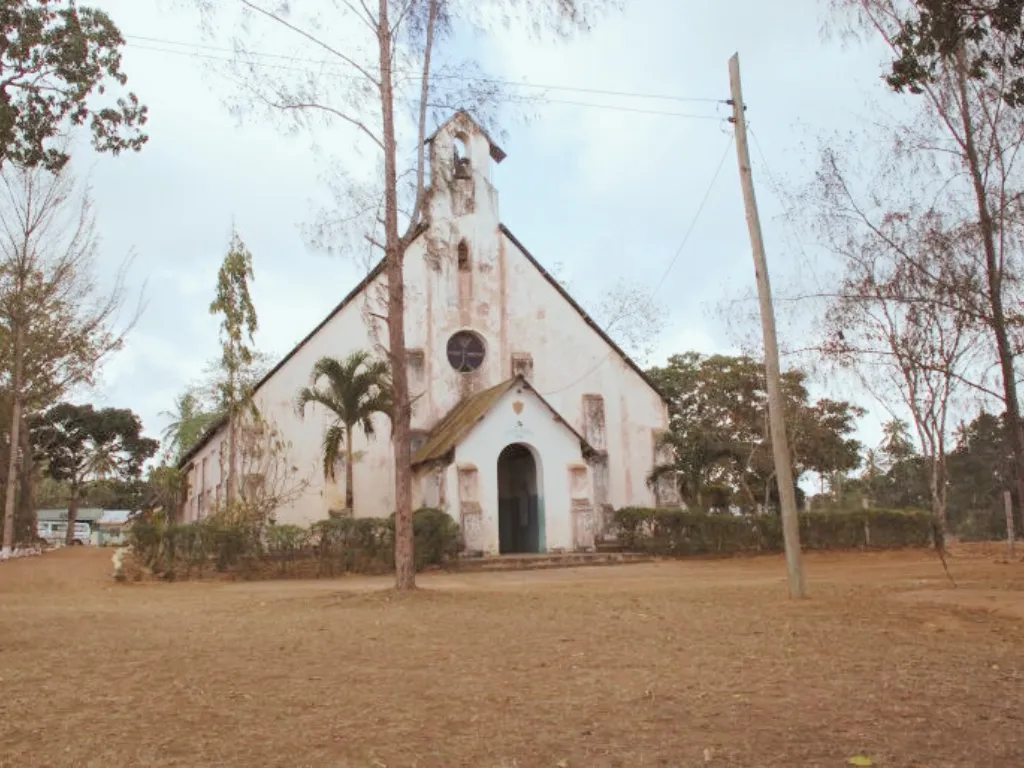

Photo by Håvar Bauck www.bauck.com
Why Visit? Standing atop a bluff overlooking the Indian Ocean, the Vasco da Gama Pillar is among Kenya’s oldest remaining European-built monuments. Erected in the late 15th century by Portuguese sailors, it marks a turning point in global exploration and commemorates Malindi’s role as a hospitable East African port during the Age of Discovery. Today, the pillar is one of Kenya’s most iconic historical landmarks and a gazetted National Monument under the care of the National Museums of Kenya.
Mounted on a historic stone pillar, this is one of the few remaining original Portuguese navigational markers in Africa.
Though weathered, the emblem remains faintly visible on the stone.
Offers stunning views over the Indian Ocean, Malindi jetty, and the old trading harbor.
Provides historical context on Da Gama’s expeditions and Malindi’s trading legacy.
The 15th century was marked by an ambitious wave of Portuguese maritime expeditions under the patronage of King Dom Manuel I. In 1497, Vasco da Gama was appointed to command a fleet of four ships destined for India via the East African coast.
On Easter Sunday, 15 April 1498, his fleet anchored off Malindi after an arduous journey. Though Da Gama never came ashore, he was warmly received by the local Sultan of Malindi, who provided essential supplies and even a skilled pilot—Ahmad Ibn Majid—who guided the fleet across the Indian Ocean to Calicut, India.
Upon returning in 1499, the Portuguese expressed gratitude for Malindi’s hospitality. At Da Gama’s request, his sailors were permitted to erect a limestone cross bearing the Portuguese Coat of Arms. Initially placed near the Sultan’s palace, it was later re-erected at its current location—on the headland—as a navigational beacon for seafarers. The limestone cross, or Padrao, was brought from Lisbon and remains a rare surviving example of such maritime markers.
In 1973, the cross and its pillar were enclosed within a protective concrete cone to shield it from erosion. Geologists later confirmed the stone was indeed Portuguese limestone.
Opening Hours: Daily from 8:00 AM – 6:00 PM
Location: Coastal headland in Malindi, Kilifi County – accessible from Malindi town centre via cabro-paved road
Admission: Standard NMK monument fees apply; guided tours available
Accessibility: Suitable for individuals and groups; well-paved paths and new ablution facilities available
Maritime History Tours: Ideal for history students, cruise visitors, and scholars
Cultural Heritage Days: Local schools and tourism groups often include the site in heritage circuits
Linked Visits: Combine with visits to the Malindi Museum, Portuguese Chapel, and House of Columns for a full Portuguese-era tour
Gift Shop: Coastal souvenirs, books, and postcards.
Café: Light refreshments and snacks, often with local Swahili delicacies.
Parking: Limited on-site and street parking available.
Ablution Block: Clean washrooms recently built for visitors
Cabro Access Path: Ensures safe and scenic access for both pedestrians and vehicles
Sea Wall Reinforcement: Site protected from erosion by NMK’s conservation team
Photography Point: A favorite for tourists and media due to its historic symbolism and ocean backdrop
Visit early or during sunset for ideal lighting and less heat
Bring a hat and sunblock—there is limited shade on the headland
Combine with a beach or marine tour for a full-day Malindi experience
Be mindful of slippery ground after rain—wear sturdy shoes
The National Museums of Kenya (NMK), established under the Museums and Heritage Act (2006), is a multi-disciplinary institution dedicated to collecting, preserving, researching, and presenting Kenya’s cultural and natural heritage.
Sign up to our newsletter